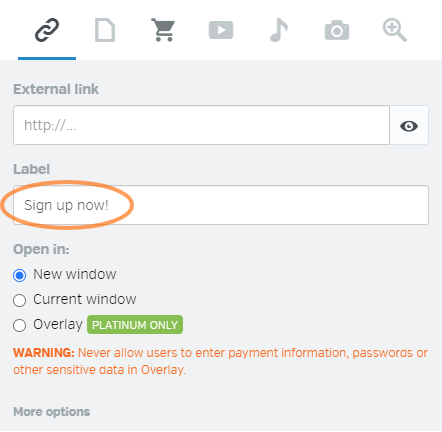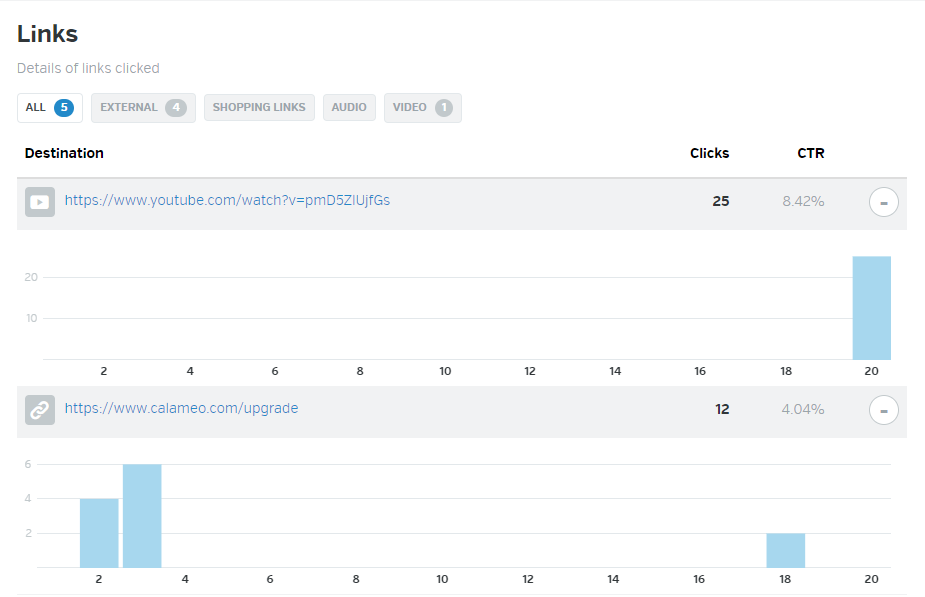Nowadays, Internet users have access to a huge amount of information on the Internet. For companies, this means it’s increasingly difficult to get the attention of their target audience. That’s where white papers come in. White papers are detailed documents that provide quality information on a particular topic. In this article, we will explain why white papers can be an effective marketing tool for your business and how you can create one easily with Calaméo.
Why you should create a white paper?
White papers are a great way to establish your company as an authority in your field. By providing valuable, quality information to your target audience, you can gain their trust and loyalty. White papers can also help you reach potential new customers by enticing them with topics that interest them and showing them that you are an expert in the field. Finally, white papers can be a great lead generation tool. In exchange for their email address or contact information, you can offer your readers a free download of your white paper, allowing you to add them to your mailing list.
How do you create a white paper?
To create an effective white paper, there are several steps to follow:
Step 1: Choose a relevant topic
The first key to creating an effective white paper is to choose a topic that is relevant to your target audience. Think about what your target audience is interested in and what they would like to learn. Topics that lend themselves well to white papers are usually topics that are complex or difficult for the uninitiated to understand.
Step 2: Research thoroughly
Once you’ve chosen your topic, it’s important to do thorough research to gather all the necessary information. Use reliable sources to obtain accurate data and statistics that will lend credibility to your white paper.
Step 3: Write your white paper
Once you have collected all the necessary information, you can start writing your white paper. Be sure to write the white paper in a clear, easy-to-understand style. Use graphics, images and examples to help clarify important points.
Step 4: Design your white paper
Once you’ve written your white paper, it’s time to design it. Use a professional layout that will make your white paper attractive and easy to read. Be sure to include images and graphics to help illustrate key points.
Step 5: Publish and enrich your white paper on Calameo
Now it’s time to publish your document on Calameo. Enrich it with our Editor tool that allows you to add: internal and external links, videos, images, sounds, and much more. Don’t forget to include a call to action that links to your website or allows the reader to contact you directly.
Step 6: Share your white paper with Calameo
Once your white paper is published, it’s time to promote it. With Calameo, it’s easy to share your documents on social networks, and you can embed your white paper directly on your website to promote it to your target audience. Be sure to clearly explain the benefits readers will get by downloading your white paper.
Conclusion
White papers can be an effective marketing tool for your brand. By providing valuable information to your target audience, you can establish your company as an authority in your field, reach new potential customers and generate leads. By following the steps outlined in this article, you can create an effective white paper that will be useful and appreciated by your target audience.





